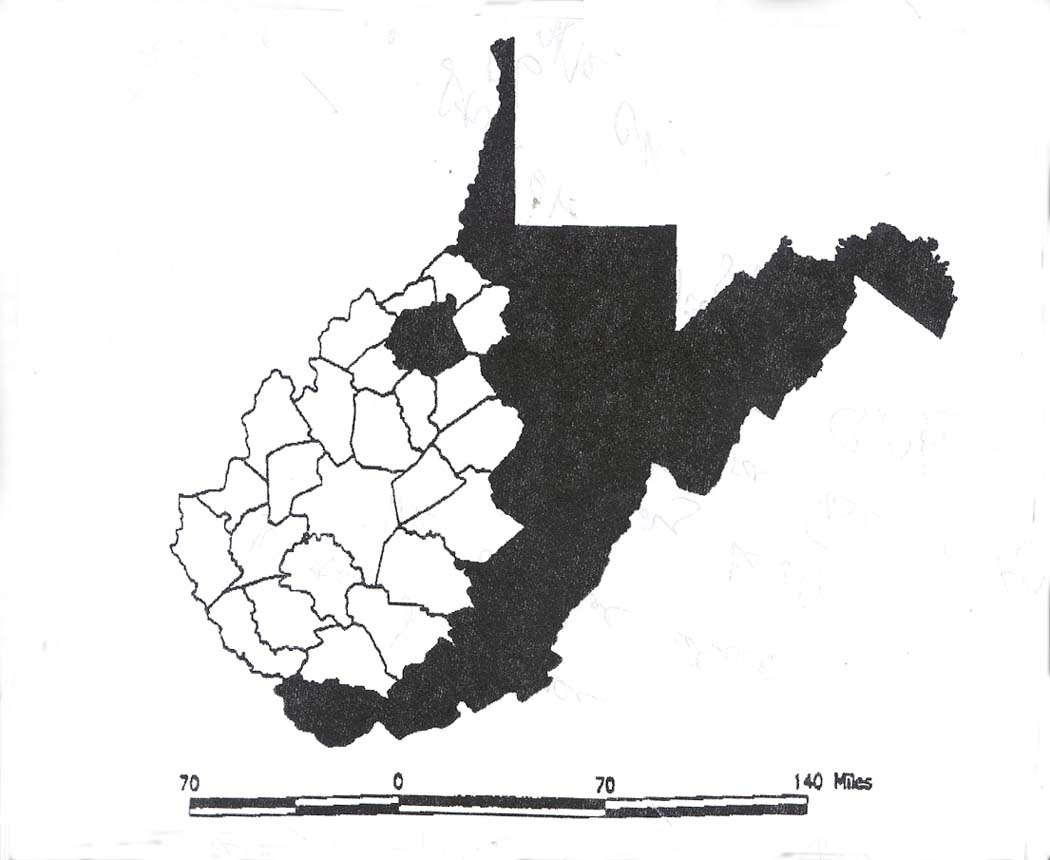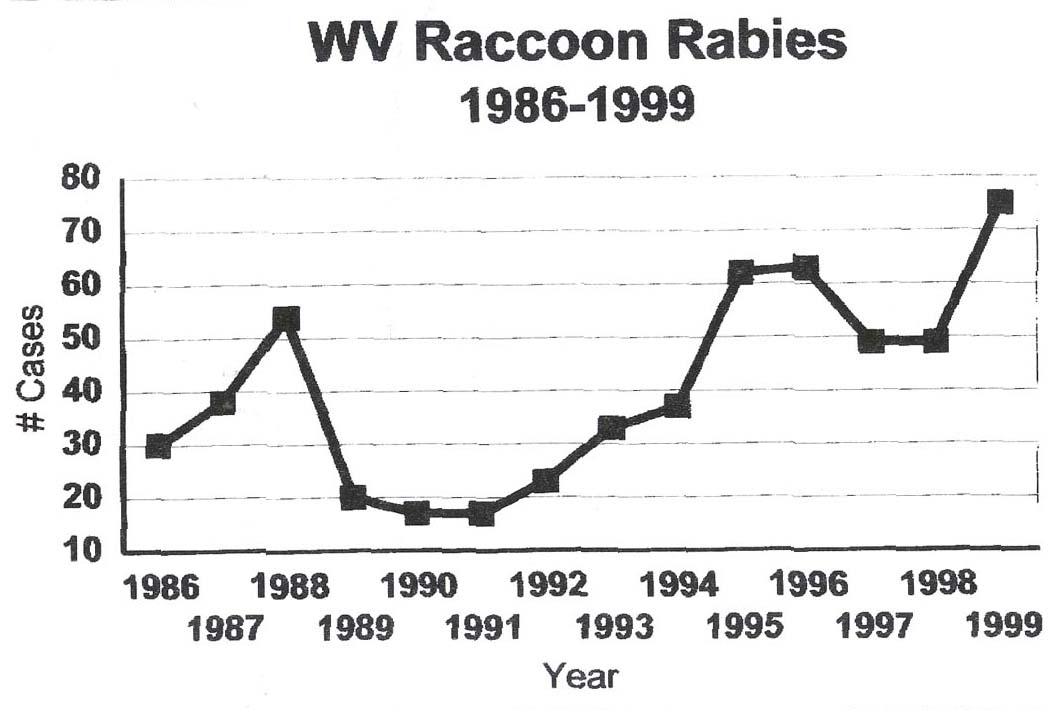| By Bob Weaver
Calhoun County appears to be on the edge of the slow-moving rabies
outbreak in West Virginia. It will be part of an air drop vaccination program
in 22 counties to prevent the spread of the disease, according to Henry
Taylor, state health officer with the West Virginia Bureau for Public
Health.
A rabid fox was killed in the Little Creek area of Calhoun last year and
numerous reports have surfaced regarding raccoons with problems. Because
raccoon hides are no longer considered valuable, hunters and trappers are
no longer killing the animals. Local DNR officer Tom Fox has said the
raccoon population is definitely too high.

A public awareness meeting in Calhoun has been scheduled for August 27 at
6:30 p.m. in the little courtroom at the Calhoun courthouse. Representatives
will discuss the rabies surveillance program and bait drop.
Ed Hamrick with the Division of Natural Resources said the effort to
vaccinate wild raccoons and other species has been a true cooperative
project among five agencies, including the Department of Health and Human
Resources, Department of Agriculture, local health departments, the DNR,
the U. S. Department of Agriculture and the Centers for Disease Control.
Just as children are vaccinated against measles and mumps, raccoons and
other wildlife will be vaccinated against rabies between September 10-21.
800,000 rabies vaccine packets will be dropped from three bright yellow
aircraft. Surrounding counties participating will be Roane, Gilmer, Braxton,
Clay and Ritchie.

The aircraft is on loan from the Ontario (Canada) Ministry of Natural
Resources. The vaccination packets will be dropped over a 15-30 mile wide
corridor. Officials are urging residents who find the plastic sachet packets in
the wild to leave them alone. About 75 baits will be dropped for each square
mile.
The vaccine is not harmful to wild animals or pets, although pet owners are
asked to keep their pets tied or locked up for at least one week after the bait
has been dropped.
- Be aware of what the bait looks like.
- Tell children to leave the bait alone.
- Do not attempt to take the bait away from a pet.
- If you touch the the bait or liquid inside (red fluid), cleanse well.
- For more information call 1-800-423-1271.
Residents are urged to attend the public meeting.
| 


